Did any of us go through childhood without watching and then obsessively re-watching The Wizard of Oz an embarrassing number of times? Come on, we know it wasn't just us - it's one of the best movies in Hollywood history! It truly has stood the test of time and continues to be watched all over the world.
Released all the way back in 1939, it's no surprise that the quality of the film is nowhere near the level of modern day cinema. However, this doesn't seem to bother most audiences and The Wizard of Oz is still a favorite in many households. Who can resist a young Judy Garland?
What most people don't realize is that some ridiculous stuff went down on this movie set. We're not kidding when we say your jaw will drop at some of the outrageous incidents that happened while filming. Sit back as we take you for a wild ride that is even more unbelievable than Oz.
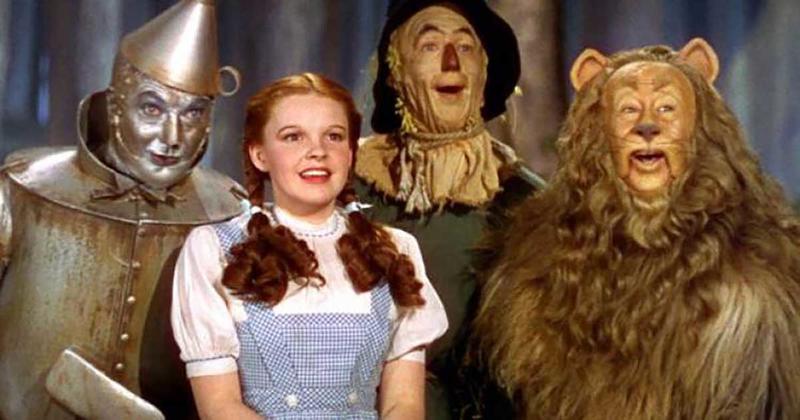
'The Wizard of Oz' without 'Over the Rainbow' would be like 'The Bodyguard' without 'I Will Always Love You' or 'Titanic' without 'My Heart Will Go On'. The song is such a big part of the film that the two are linked in the minds of everyone who's seen it. And yet it nearly ended up on the cutting room floor.

The team of MGM Directors behind the picture were worried that the song was too long, and that younger viewers would get bored by it. Fortunately, common sense prevailed, and it stayed in the final edit. The song would go on to be ranked as the greatest movie song of all time by the American Film Institute, and has been preserved by the Library of Congress, who have marked it as 'culturally, historically or artistically significant'. Judy Garland included the song in her performances all the way up to her death in 1969.
It's bad enough spending hours under hot studio lights with a heavy costume and makeup on, but we think finding out that you're allergic to the makeup and that it's slowly killing you is probably far worse. That was the issue facing original Tin Man actor Buddy Ebsen as he stepped in front of the camera.

Ebsen had been fine throughout rehearsals, and had recorded the movie's soundtrack, but when his makeup was applied to start filming, he was hospitalized with shortness of breath. The makeup was later revealed to contain aluminum dust! Ebsen was unable to continue and was replaced by Jack Haley. Makeup staff tried using aluminum paste instead of dust for his makeup but got some in his eye. He missed four days with an eye infection because of it. We think it would probably be better for everybody if people kept aluminum away from the ingredients list for makeup.
Who's ready for another 'my makeup nearly killed me' story? There's a scene in the movie where actor Margaret Hamilton, playing the Wicked Witch, makes a dramatic exit through fire and smoke after appearing in Munchkinland. That fiery smoke nearly gave Hamilton a dramatic exit from life. Her makeup caught fire, and she was left with serious and life threatening burns.

She spent some time in hospital and then six weeks recovering at home before she was able to return to the film, insisting that she would do no more scenes involving fire. That was bad news for her stunt double Betty Danko, who suffered permanent scars to her legs when a pipe rigged to look like a broomstick exploded underneath her in a later scene. Hamilton loved the role despite her misfortune, happy to dress up as the witch for public appearances for many years after the movie.
Playing the wizard in 'The Wizard of Oz' is a pretty big deal, right? It's the title role. You'd have thought an actor would be happy with that and let some of the other, smaller roles go to other people. Wrong. Frank Morgan actually had four separate roles in the film other than the titular wizard.

You can also see Morgan as a guard of the palace, a doorkeeper, a professor in Kansas and a cab driver in Emerald City. In fairness to Morgan, an actor is never likely to turn down more money or more screen time, and he was never supposed to be playing the wizard in the first place. W.C. Fields was originally cast in the larger role, but he kept pushing the studio for more and more money, and they eventually lost patience with him. Fields was fired, and Morgan found himself promoted into the bigger part. We bet he couldn't believe his luck!
Technicolor pictures were still a new technology and a big deal when 'The Wizard of Oz' was released, and the extensive use of color in the film was deliberate, with the producers wanting to make use of the new medium to its full effect. That meant changes to Dorothy's footwear. Her ruby red slippers are just as iconic as the yellow brick road itself, but you won't find any mention of them in the original books by L. Frank Baum.

Baum, who couldn't possibly have known he should have been writing with an awareness of how things might look in a movie theater forty years later, gave Dorothy silver slippers. It was screenwriter Noel Langley who made the call to go with the dark shade of red, correctly believing they'd stand out more. Somehow, the thought of Dorothy clicking silver heels together three times to get herself home just isn't as appealing.
For a movie that seems to have a whole load of outdoor scenes, including a tornado, the fields of Kansas and an entire emerald city, you'd have expected most of the work to be shot on location. That just wasn't all that practical in the era the movie was made in. In fact, almost all of it was filmed in studios.

Only two scenes in the entire picture were shot outdoors - the cloud scenes that appear at the very beginning, and the other cloud scenes that show up at the very end! This wasn't exactly comfortable for the cast - the new color filming process required a lot more lighting than the old black and white movies did, and all those studio lights together generated a lot of heat. Temperatures got as high as 100 Fahrenheit on set, with actors in heavy costumes fainting, and some cast members saying that the intense brightness caused permanent damage to their eyes.
If you think it's hard to cast a human being for a part in a movie, try casting a dog. You can at least give feedback to a human and ask them to adjust their performance a little to suit what you're looking for. There's no way of telling a dog what they're getting wrong, and they'll just do what they want to do when the camera starts rolling.

Over 100 dogs were seen and considered for the role of Toto, who might just be the second most famous fictional dog of all time after Lassie, but the producers eventually settled on a Cairn Terrier called Terry, who we hope you all agree was adorable. We don't know how Terry felt about being a film star, but his owner was so thrilled that his name was permanently changed to Toto after he got the part.
We're getting the strong impression that being in that Tin Man outfit was no fun at all. When your makeup wasn't giving you serious injuries, and you weren't wilting under the glare of the lights, you were getting covered in melted chocolate. The character of the Tin Man has a serious problem with rust and is frequently getting shots of oil on various parts of his anatomy to keep him walking, including all over his face.

In an interview given years after the movie, actor Jack Haley explained that they had to use melted chocolate for the purpose because oil wasn't showing up properly on the recording. The fact he made that statement implies that somewhere on the cutting room floor there were takes of Haley getting squirted in the face with actual oil before they realized it wasn't working. We hope he got paid danger money for this film.
We can say with one hundred percent certainty that if this happened today it would end with a lawsuit. Judy Garland was only sixteen years old when she played the part, and at the beginning of her career. She was also full of the vibrancy and immaturity of youth, as we all were once. Director Victor Fleming didn't have any appreciation or time for this, though.

Garland was struggling to get through a scene with the cowardly lion whilst keeping a straight face, finding something funny every time and causing filming to be stopped while she recomposed herself. Fleming tired of this, pulling her aside and telling her she needed to take the process more seriously. To drive the message home, he slapped her in the face! Fleming was the fourth director appointed to the movie, which endured a troubled time of production, and had been briefed to straighten the movie out and get it finished.
We've spent some time discussing what a bad time Jack Haley had in that Tin Man costume. If he complained about it on set, we're willing to bet that Cowardly Lion actor Bert Lahr rolled his eyes and muttered under his breath. Taking into account the wig, the paint and the furry body suit, Lahr's full costume weighed in excess of 100lbs. Bearing in mind what we said earlier about temperatures in the studio, we imagine it contained several more pounds of sweat by the time everything was said and done.

The costume could almost certainly have been made out of lighter materials, but somebody decided it was a great idea to make it out of actual, real-life lion pelts. Presumably they felt it added that touch of authenticity? The costume later went on to sell for $826,000 at auction in 2006.
By this point, it's becoming very apparent that the costuming department of the film have a lot of things to answer for. Poor Ray Bolger in the scarecrow outfit was their next victim. We hope he liked the looks of his character, because he was seeing it for the entirety of the next year every time he looked into the mirror.

The scarecrow effect on Bolger's face was created using a combination of makeup (there's the makeup department trying to kill people again) and some very primitive prosthetics. These two elements somehow came together to create deep and lasting lines on the actor's skin, which mostly faded away after a long time, but according to Bolger there were some that remained there for the rest of his life. It's one thing to play a part that you're known for forever; it's quite another to actually look like that character for the rest of your days!
As we mentioned briefly earlier, things didn't exactly go smoothly during the filming of 'The Wizard of Oz'. You may have been getting that impression by now anyway. Victor Fleming is believed to have done the bulk of the work, and ultimately got the official credit for the job, but he was only one of four directors who worked on the film at some stage.

Richard Thorpe was the first to step up but had a number of issues with both the cast and the studio and was fired after only two weeks. George Cukor was the next man in the seat, but he was offered the chance to go and work on 'Gone with the Wind' and went to do that instead, presumably in a cooler studio with a less murderous costume department. King Vidor was the last man up, who finished and tidied up the job after Fleming had gone to replace Cukor on 'Gone with the Wind'!
Perhaps this was one of the reasons that Richard Thorpe was fired. The part of Dorothy required someone who could play the role with a sense of childish innocence and naivety. Judy Garland was the best option for the job, but even she had to make herself more girlish to be convincing in the role, strapping her breasts down and wearing clothes designed to hide her curves. She was a 16-year-old playing age 12.
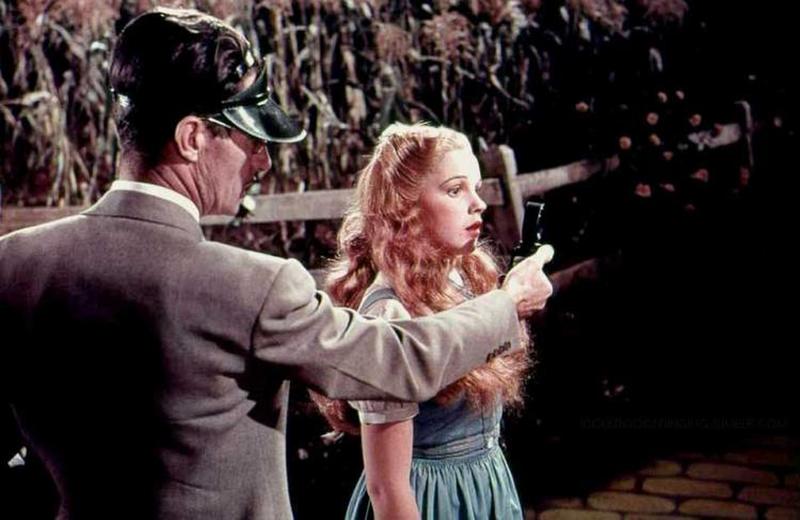
For some reason, during early filming, someone thought it would be appropriate to make Garland wear a blonde wig and apply thick make up to her, completely canceling out the actor's own attempts to make herself look younger. Fortunately, someone realized this quite quickly, and decided that she'd be better with her own hair, and a more natural appearance. The scenes were re-shot, although photos like this one remain as evidence that it happened.
A little earlier on, we covered the fact that getting the part of Toto wasn't an easy task for Terry the dog, beating off over 100 rivals for his role. It only seems fair that he was rewarded handsomely for such an achievement. We're not quite sure that he should have been earning more than some of the human beings acting in the film, but that's what happened.
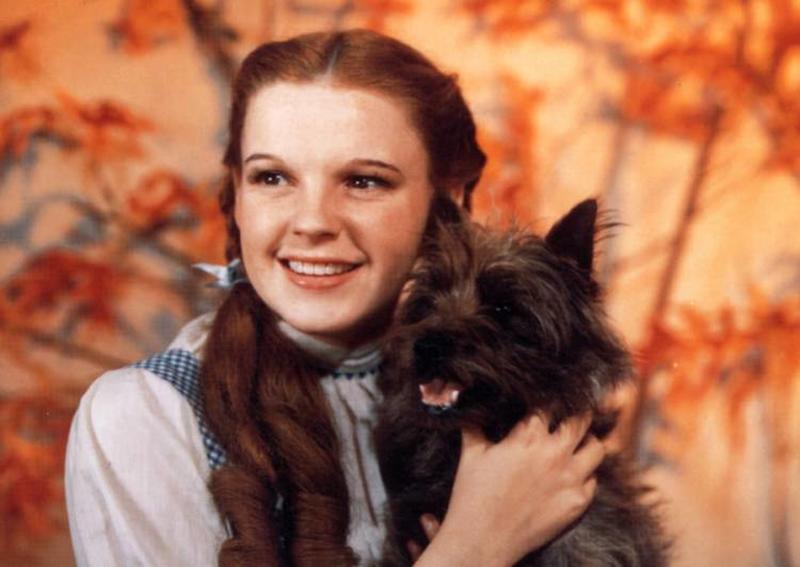
Toto was apparently paid $125 per week for his time and efforts - although we suspect the money went to his owner, as dogs aren't known for their financial responsibility. The performers in the Munchkin roles were only earning $50 for the same time period, meaning their work was valued at less than half that of a dog. You have to think they were probably quite insulted by that, which may explain some of their behavior behind the scenes. We'll get to that a little later.
The two directors who left the project had the last laugh when it came to the biggest movie awards ceremony on Earth - although 'The Wizard of Oz' was nominated in the Best Picture category, it lost out to 'Gone With The Wind'. It did however pick up two awards - 'Best Original Score' and 'Best Original Song'. Yes, that's right, it won 'Best Original Song' for 'Over the Rainbow', which half of the production team wanted to cut out of the film completely!
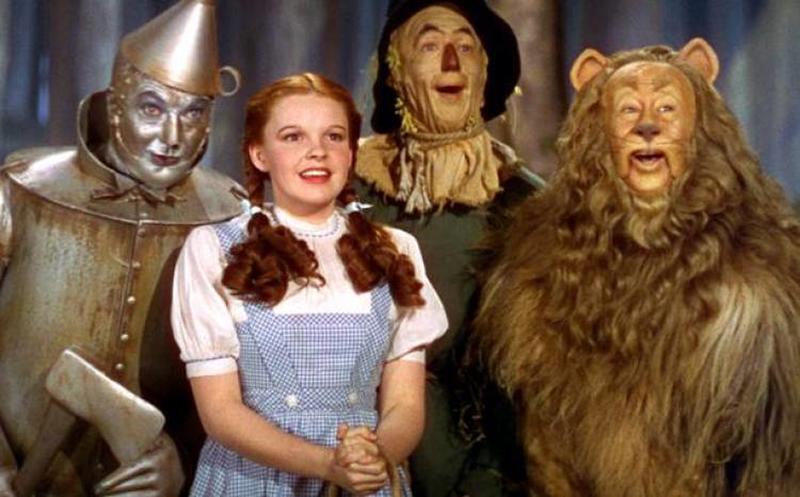
The other categories it was nominated in but failed to win were 'Outstanding Production', 'Best Art Direction', 'Best Cinematography (Color)', and 'Best Special Effects'. We're not sure how the actors who were wounded by the makeup and special effects teams felt about that last nomination. Judy Garland also picked up a special 'Academy Juvenile Award' for her performance.
Follow, follow, follow, follow, follow the...green brick road. It doesn't work, does it? It doesn't even fit the song properly. And yet that's nearly what we ended up with on screen.
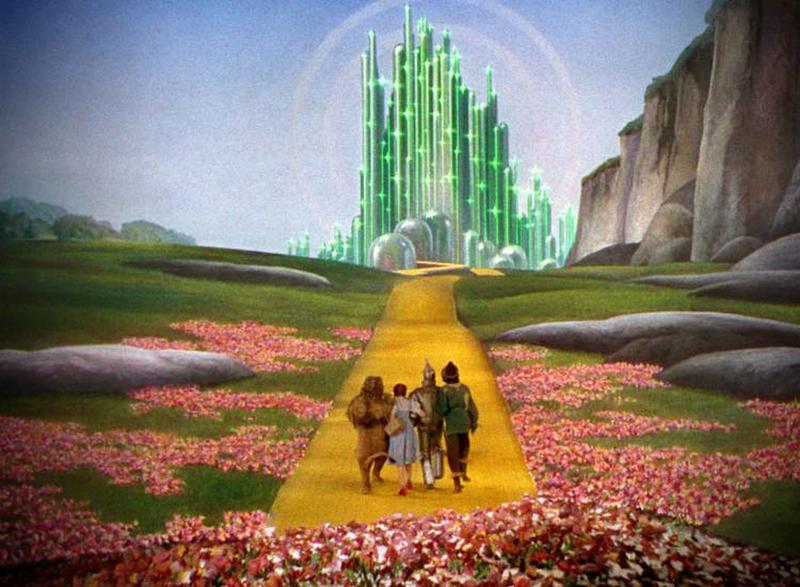
When we say Technicolor was a really new technology at the time, we mean it. They were still working on calibrating the cameras to pick up and correctly display colors properly on film reels. To the horror of the producers, when they shot their first scenes on the yellow brick road and rolled the tape back to look at them, the yellow coloring was showing up as a vivid green. The set had to be completely repainted several times as they experimented with different shades, before finally finding a solution that would give the desired effect. The yellow brick road Dorothy and her friends finally walked down to the Emerald City was probably six inches thick with it by the time they were done.
If you looked at the happy, smiling faces of the cast on publicity shots for the film, and listened to all the cheerful singing during the movie, you don't get the impression people are at the point of collapse due to exhaustion, but they surely must have been. Filming on 'The Wizard of Oz' was intense, hard, and long. Very long.
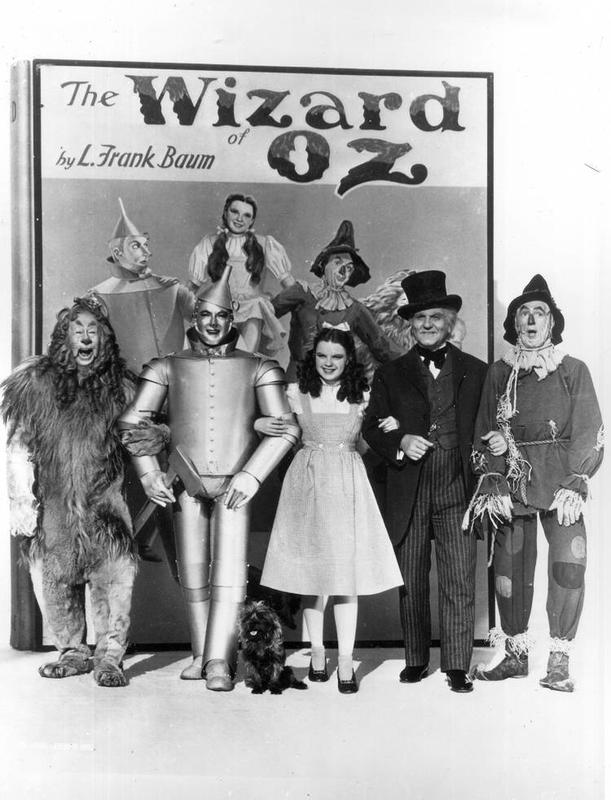
The main cast in particular had little respite. They were on set by four in the morning and were working right through until eight in the evening. This went on, six days a week, for almost six entire months. It was particularly hard on actors in heavy costumes, who would spend many hours being fitted in the morning and then having the costumes removed again at the end of the day (in the event that the costume could be removed, which wasn't the case for the poor scarecrow).
It's always annoying when you watch a film and you're amazed to hear an actor's singing voice, impressed by how well they can hold a tune, only to find out that it isn't them at all, and they've been dubbed. Billie Burke, in the role of Glinda, had the opposite problem.
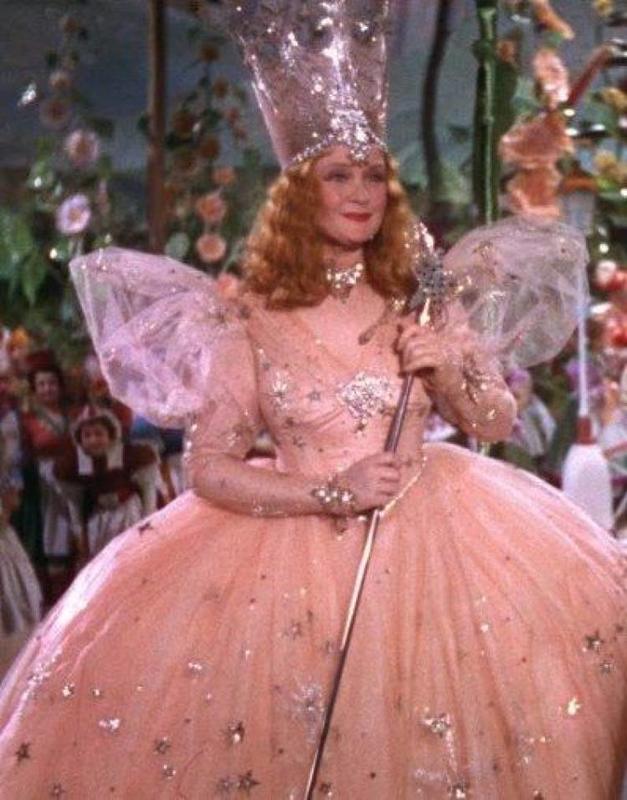
Burke sang every line of every number she recorded, but viewers of the film were for some reason convinced that a singing double had done it. There was no Google back then, so no way to easily clear up the mystery. Burke had a high pitched, very well-spoken voice - very dissimilar to the voice she sang in - which may have explained the confusion. Burke had actually worked with Judy Garland before, playing her mother in the ironically titled 'Everybody Sing', which had been released only a year earlier.
Touching again on Judy Garland and the ill-fated blonde wig - original director Richard Thorpe had a dramatically different vision of the final film than what we saw on film. His desire to see Garland in a blonde wig with heavy makeup was actually borne of his frustration with her casting. He'd originally wanted Shirley Temple to play the role.

Thorpe saw the original books as more of a fantasy-horror tale and wanted this to be the look of the film, too. That was totally at odds with the more Disney-esque tale that studio MGM were looking for. As his suggestions were turned down and overruled on a day by day basis, Thorpe became an increasingly unhappy camper within the production, and it's likely he would eventually have resigned had he not been fired. Fortunately for Thorpe he didn't struggle to find work afterwards, and he now has a star on the Hollywood Walk of Fame.
We know we just said this, but we feel it bears repeating. Judy Garland was perfect for this part in every way. It was the role of her career, it made her into a superstar, and it's one of Hollywood's iconic performances. But she wasn't the person that the studio or the director originally wanted in the part.
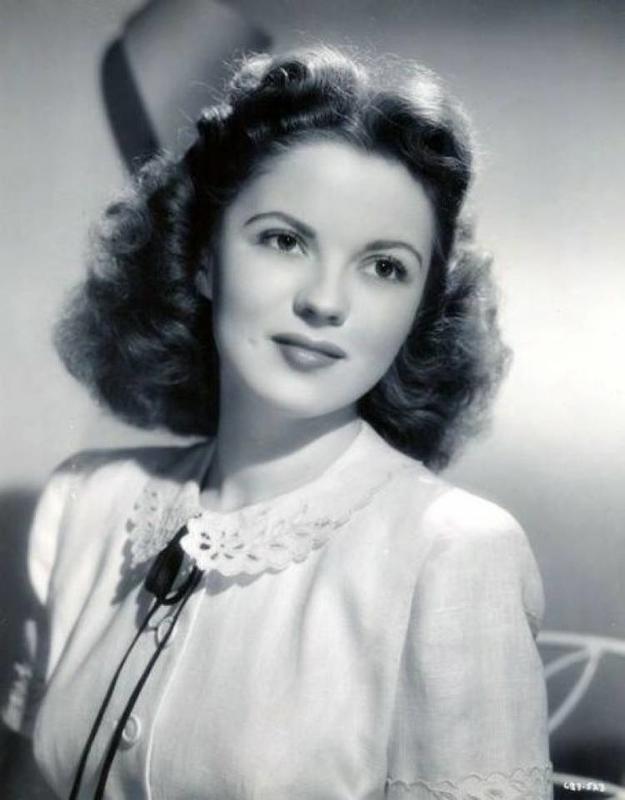
Shirley Temple was the name at the top of the original list. Temple would only have been ten years old at the time - a better match for Dorothy's intended age - and she was a more experienced performer with a bigger reputation. Depending on who you believe, either MGM backed away from her because they didn't believe she could carry the singing performances required, or her agent and mentor Daryl Zanuck turned the offer down because he wanted her to carry on making movies for 20th Century Fox instead.
Yes, we know, we've covered the basics of this. The makeup was terrible. The suit was heavy. The part was re-cast. He was either getting sprayed with oil or melted chocolate depending on what day it was. But even that wasn't the sum total of the misery that our poor Tin Man had whilst making this movie.
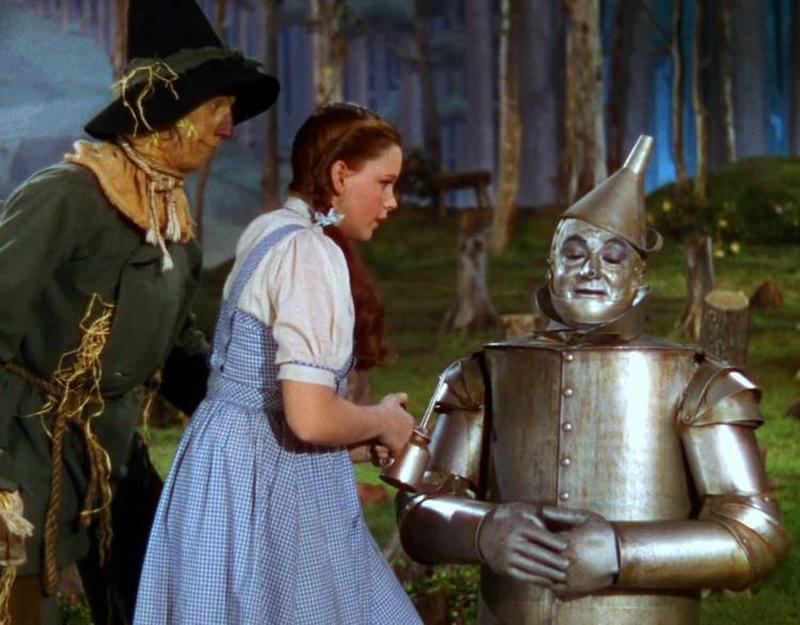
The costume department decided that the best way to make the Tin Man look stiff was for his costume to actually be stiff. This was a department that didn't seem to prioritize the comfort of their performers. The outfit was in fact so stiff that Haley couldn't bend or sit down, so over the course of the entire twelve-hour day that he was wearing it, the only way he could take any weight off his feet was to lean against something for a while.
The problems that affected Judy Garland and contributed to her early death are well known, and we don't wish to go through them again in detail here. Sadly, it's highly likely that they started on the set of 'The Wizard of Oz', where as an impressionable young girl she was fed drugs by people who should have had a duty of care over her.
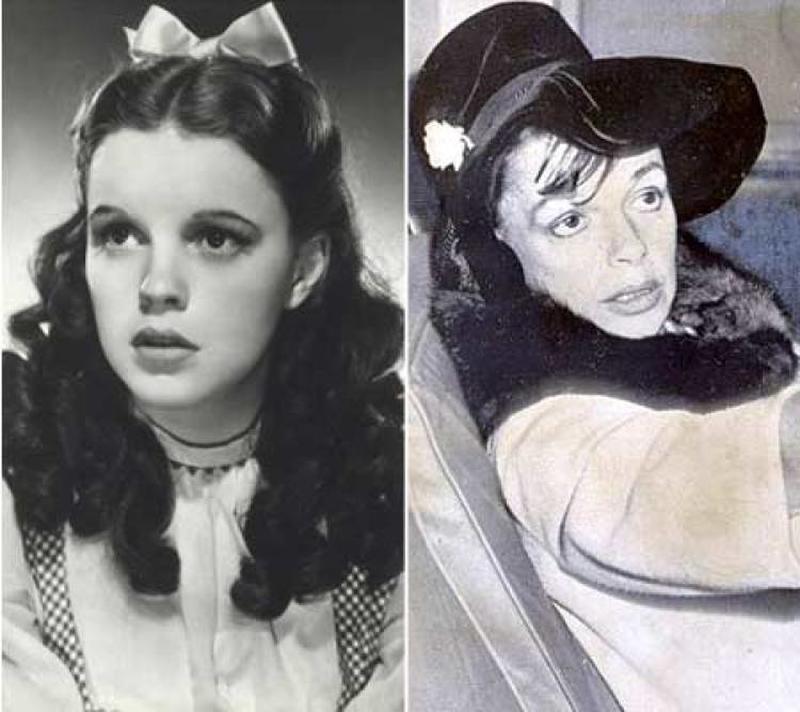
It was important to the studio making the film that Garland should retain her appearance both during the filming of the movie, and all promotional appearances on its release. This meant keeping her young looking, and skinny. The problem was that Garland was at an age where she was naturally becoming more womanly, at a rapid pace. To counter this, she was given nicotine, amphetamines and other drugs to keep her weight down. This would be unthinkable in the modern age, and result in the immediate arrest of everybody involved, but was common practice in the 1930s.
Margaret Hamilton was absolutely terrifying in her performance as the Wicked Witch. Her appearance was ridiculously scary at the time - when seeing someone with green skin was a completely new experience for cinema goers - and there are anecdotal tales that even people in the catering area on set stayed away from her out of fear. She wasn't originally supposed to look so hideous, though.
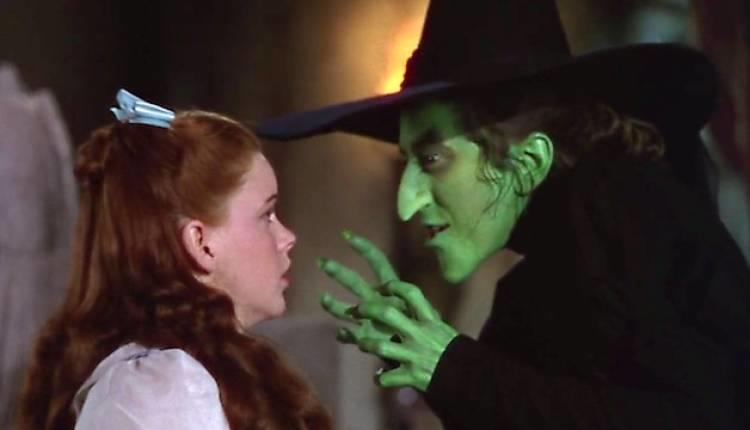
At an early stage of planning, the Wicked Witch was going to be going about her business a completely different way. She was visualized as attractive, seductive and charming, able to entice people around to her point of view with a dark charm. This idea was only changed because they wanted a clear and visible contrast between who was good and who was bad, and Glinda the Good Witch was definitively very good, so they needed to go in an obviously different direction.
This just gets worse, doesn't it? Is anybody else getting the feeling that this movie was shot on Indian burial ground? When she wasn't being pumped full of drugs, slapped by the director and told to lose weight, Judy Garland was apparently being sexually assaulted by her co-stars.

According to Garland's third husband, who released a biographical book on the actress after her death, she told him that she was constantly plagued by the actors playing the Munchkins, who despite their appearance were raucous and often unpleasant men in their 30s and 40s. They particularly liked running underneath her and putting their hands up her dress. It sounds like her experience on the set of this film was something close to torture. Again, this may not even be the worst thing the Munchkins were accused of, and we will get to that later on in the list.
Now this is just sad. The actors who were struggling with the heavy costumes - Ray Bolger as the scarecrow, Jack Haley as the Tin Man and Bert Lahr as the Cowardly Lion, were given the short shrift when it came to lunch on set. They weren't allowed to eat with the rest of the cast.

As the story goes, this was a precautionary measure in case their appearance terrified any of the MGM workers. In an age before prosthetics or heavy makeup of the kind employed in this movie were a regular sight, to the untrained eye the three of them looked like real life monsters as opposed to the adorable characters we saw on screen, and therefore were deemed unfit to be allowed to mingle with normal people. We imagine that this kind of segregation did wonders for their already battered morale.
Given the way that Judy Garland was treated on set, this almost comes across as a tragic case of irony, but L. Frank Baum's original text was intended to define Dorothy as a feminist heroine. Written all the way back in 1900, had it been interpreted correctly it would have been considered almost revolutionary for its time.
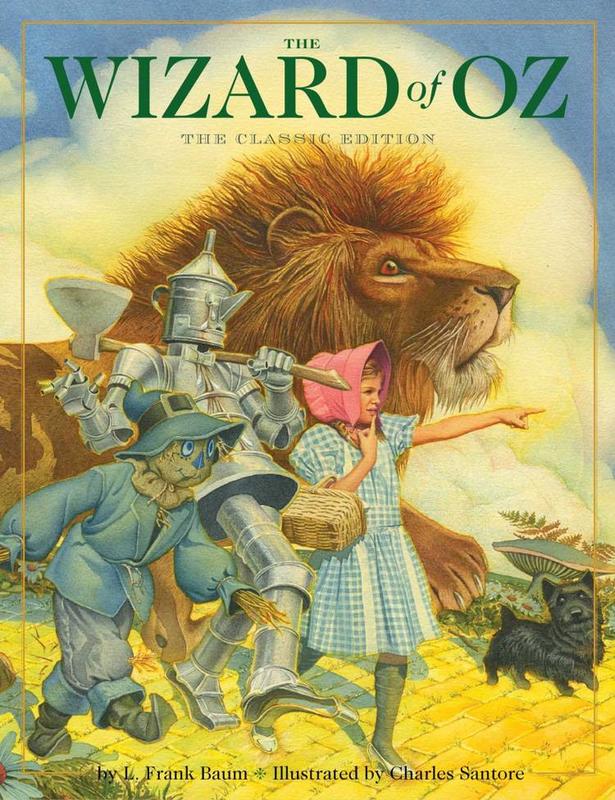
When the book got the Hollywood treatment, certain clichés and tropes were bound to creep into it. The major one was casting Dorothy as the textbook damsel in distress, constantly afraid of the world around her and needing to be rescued by the male characters. By contrast, Dorothy is the one saving the others in the book, which also makes the important distinction that Oz isn't a dreamland, but a real place where women can be accepted as brave, strong leaders.
When you change directors four times - including bringing one more in after the main one's finished because you need someone to tidy up a few things and film a little bit of extra material - you're bound to have a few little inconsistencies. The job of a good continuity editor is to pick up on these mistakes and arrange for them to be corrected before the film is released. We can only assume that 'The Wizard of Oz' did not have a good continuity editor.

For a start, for all the attention they were paying to Judy Garland's weight, they were paying none to her hair. Garland didn't get a haircut at any point whilst working on the film (probably because she was too drugged up or didn't have the time), so the length of Dorothy's hair changes considerably from shot to shot. Characters have props in some scenes that either change or disappear in the next, and actors switch positions between shots. It's a mess.
Having given you many horrific tales of things that happened on the set of this movie, it feels like it's about time to give you one that didn't. For years, it was rumored that one of the actors playing a Munchkin hung himself on set. Given the level of pay they were getting compared to a dog, it wouldn't be surprising if they were upset. But it didn't happen.
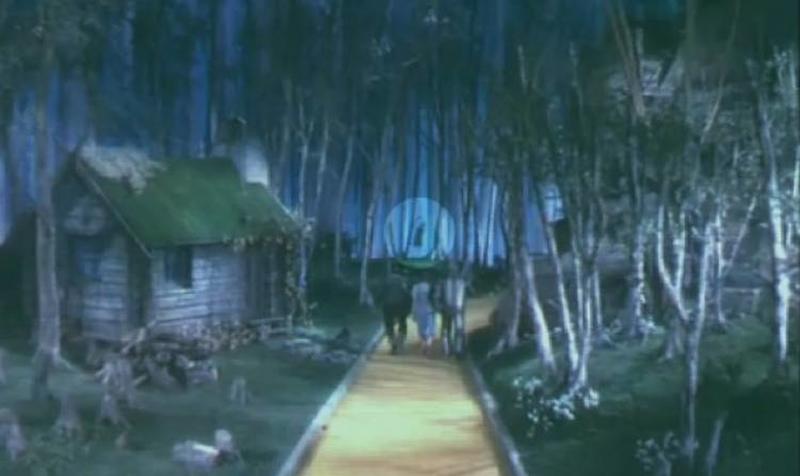
The rumor actually comes from the scene we've pictured here - there's a dark shape in the trees as our happy gang skips away down the road, which does look a little like a body. In fact, it's a bird that was being used in another film production by MGM, which had somehow escaped onto the set. We'd like to think that even this production crew would have stopped filming had someone actually died.
As we already know, most of the people involved in making this movie didn't want Judy Garland in the title role, and when they were stuck with her they put the poor actor through hell. So how did she end up with the part in the first place? She had a friend in Arthur Freed - although whether she thought of his help in getting her the role was a favor in the end is anyone's guess.
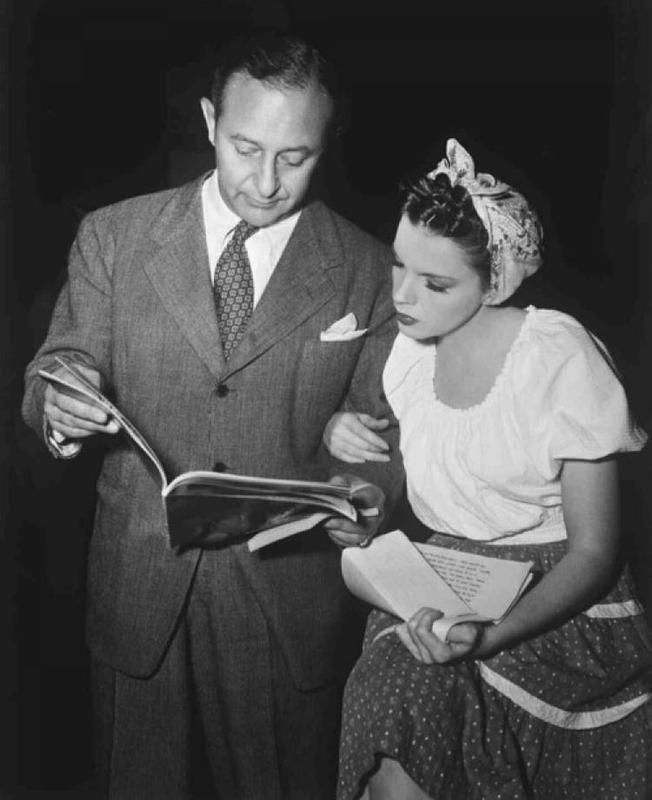
The well respected producer and lyricist had enough sway within MGM to twist their arms and secure Garland in the role, because he was a keen admirer of her talents. The two had worked together previously on the hit Broadway musical 'Babes in Arms', in which Garland had demonstrated that she had both the charisma and the vocal ability to bring Dorothy to life.
If you've been paying proper attention to the list so far, this should already be obvious to you, but her treatment was so atrocious that we think it deserves to be a point in its own right. Let's go over the facts again.
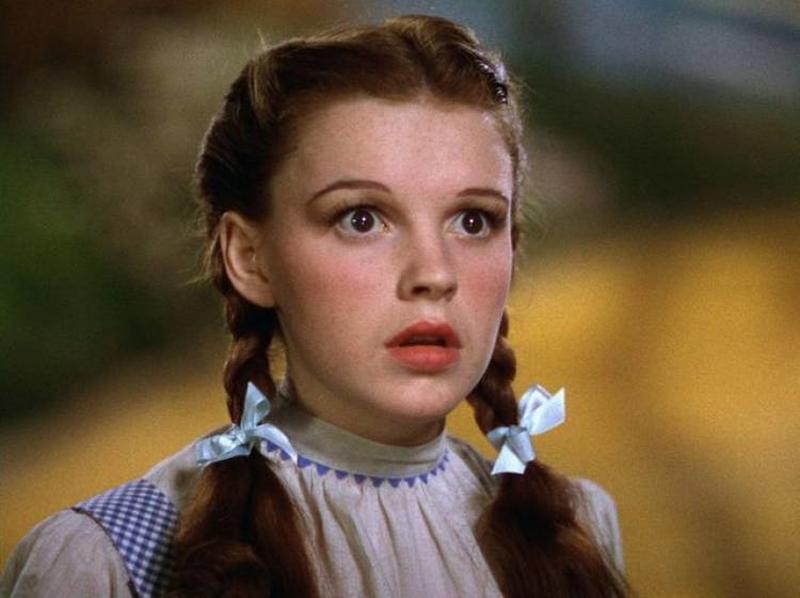
Judy Garland was working from 4am to 8pm, six days a week, at age 16. She was being given drugs to control her weight and keep her awake. She was being molested by other members of the cast. She was being physically abused by the director. She was made to wear a corset to disguise the fact she had breasts. Producer Louis B. Meyer spied on her to make sure she wasn't eating things he didn't approve of. Garland's self-image was so negatively impacted that she once said 'I was frightful - a fat little pig in pigtails'. If going through that is what's required to become a movie star, we don't want it.
The iconic dress that Garland wore as Dorothy in the movie served more purposes than just to make her look young and pretty. The gingham style was specifically selected because, to the camera, it blurred the edges of the garment and made Garland's curves harder to see. It also contained a specially adapted pocket sewn into its seam, allowing the storage of the handkerchief that would later be used on screen to wipe away the cowardly lion's tears.
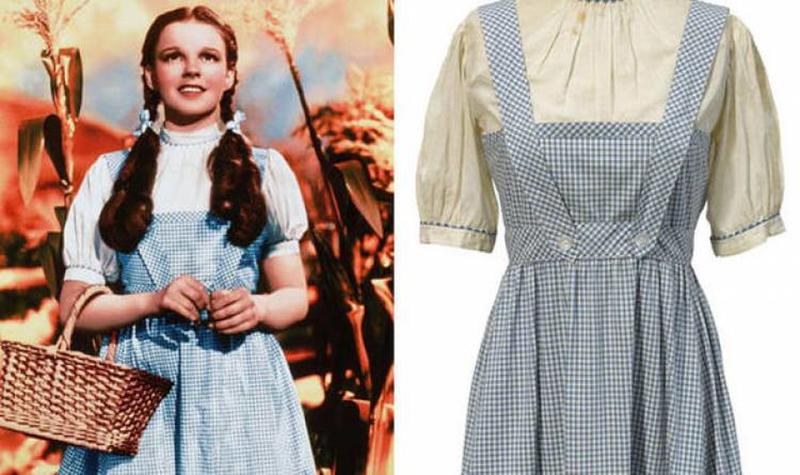
Undeniably one of the most easily identifiable items of clothing in cinema history, it was always bound to go for a fortune if it was ever sold at a public auction, and it did. In 2012, it fetched a massive $500,000. That's still somehow less than someone paid for the Cowardly Lion's costume a few years before, which just goes to show that there really is no accounting for taste.
As we already know, Margaret Hamilton loved playing the Wicked Witch in the movie. She even returned to the role after being severely burnt due to a combination of an inept special effects team and flammable makeup. It was the role that made her career - but she'd played no roles like it beforehand, and there was nothing even vaguely unpleasant about her in real life.
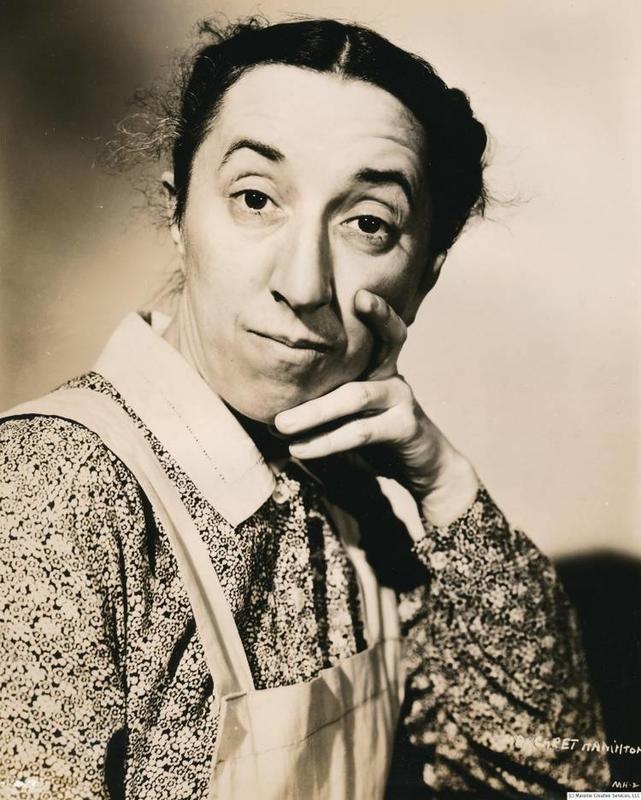
Before accepting the part, Hamilton was struggling to make it as an actor, having to do teaching work on the side to make ends meet. She maintained a strong interest in education after she became famous, advocating for making reading material available to children and even returning to teaching Sunday school classes in the 1950s. She also served for a while on the Beverley Hills Board of Education. She even appeared in 'Mister Rogers Neighborhood' to show that the witch was just a character, and not something to be afraid of.
Even the poor dog wasn't immune to the mishaps and misfortune that seemed to befall everybody who worked on this cursed movie. Toto had a habit of running around excitably on set - scenes with him were notoriously hard to direct, and often required multiple retakes - and one of the witch's guard didn't notice him running around their feet. By the time he did it was too late - Toto's paw was broken.
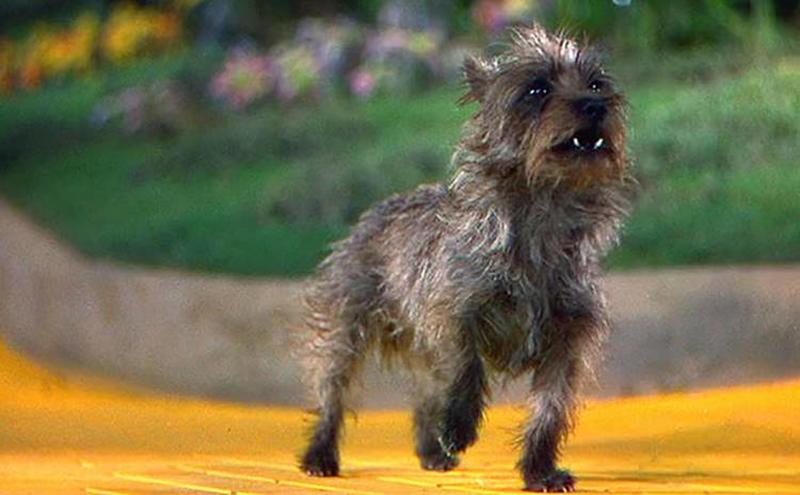
Kind hearted Judy Garland took the dog home with her for two weeks whilst it recovered and became very attached to it. She even wanted to adopt Toto completely, but owner Carl Spitz refused with very good reason; Toto had worked in movies both before and after 'The Wizard of Oz' and earned Spitz a small fortune at the time. There is a permanent memorial to Toto in the Hollywood Forever cemetery in Los Angeles.
This sounds simply too unbelievable to be true, but it's been verified by Harold Rosson, a cinematographer who worked on the movie. There's something really very remarkable about the jacket worn by Professor Marvel in the film.
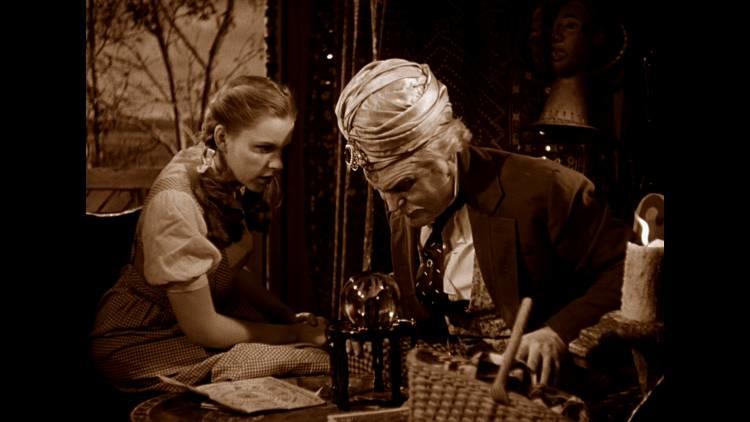
When they were designing the professor's costume, the production team decided they wanted something that was clearly once elegant and stylish, but now battered by time and frayed round the edges, much like the professor himself. They found the exact item that they wanted in a thrift store. It was only some time later that someone examined it more closely and found the name of the original owner sewn into the fabric. It was L. Frank Baum. Somehow, they'd walked into a thrift store and accidentally bought a jacket which used to belong to the same man who'd written the story they were making a movie of. What are the chances of that?
It's been a few entries since we had a 'the makeup department really sucked' story, so here's another one for good measure. Margaret Hamilton's green face paint was flammable and contributed heavily to her getting burns. We know that already. What we haven't told you is that it stopped her from eating.

The green element in the paint contained copper. Copper is extremely toxic and shouldn't be ingested by humans. Because Hamilton couldn't risk putting food in her mouth in case she also swallowed some of the makeup, she could only drink liquids on set. This problem wasn't helped by the fact that the makeup took hours to come off and didn't really completely come off at all. Apparently, much like the scarecrow, Hamilton was stuck with traces of her character for quite some time after filming wrapped.
We're not done with poisoning or harming the cast yet. There's a scene in the film where Dorothy, the Cowardly Lion and the Tin Man fall asleep in a poppy field. Having had a nice nap, they're pleasantly awoken by snow falling on them softly. Because who doesn't like getting woken up by snow on their face? Obviously, with the film being shot in a studio, it wasn't real snow. Unfortunately, the snow was made of asbestos.
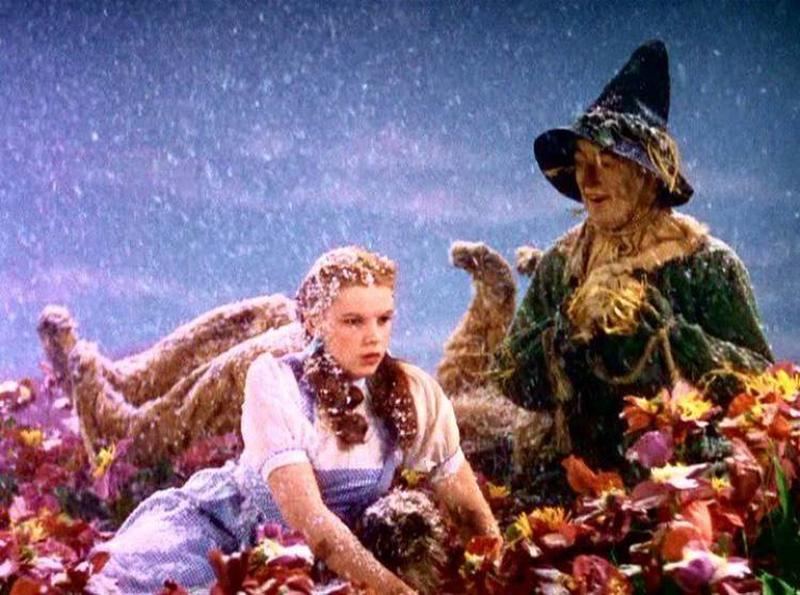
In fairness to the people making the movie, the dangers of asbestos weren't known at the time, and it was considered to be a wonder material, often used for simulating snow in movies. It was also a building material used in many homes. It was only many years later, when people who worked with it started getting horribly ill, that people looked closer and realized it was intensely carcinogenic and lethal.
Reading that headline should tell you everything you need to know, and make you question exactly what was going on in the minds of the producers, but it happened, and we're doing to look at it in more detail. These days, if you wanted a red horse, you would just shoot your scenes with a regular horse and let CGI do its thing to make it red. There was no CGI in 1939, and they really wanted that horse to be red.
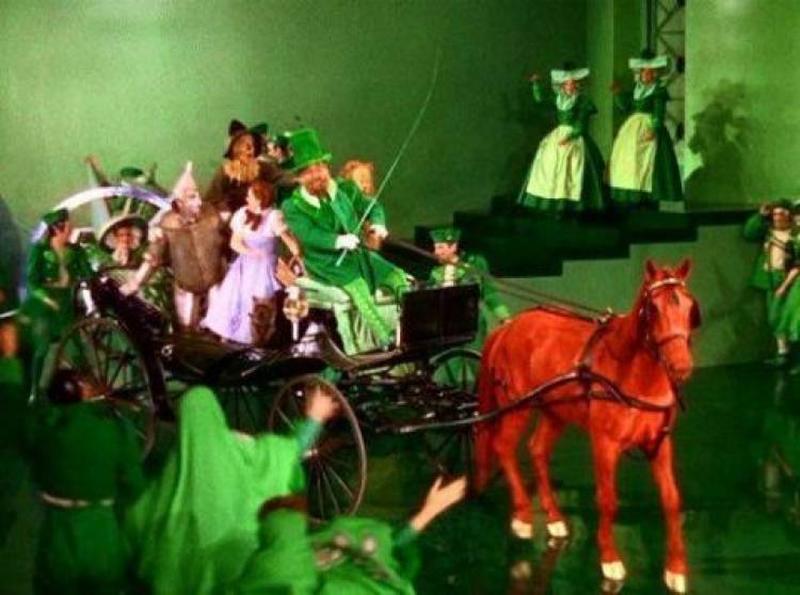
The best way to achieve the effect was to coat the horse - which was naturally white - with gelatin powder. The horse apparently didn't mind too much and was quite fond of licking the powder. You can actually see the cab driver trying to prevent the horse from licking itself. That wouldn't be too bad, until you remember that gelatin back in the era the film was made was often derived from horses. So, you're actually watching horse cannibalism.
The movie didn't do quite as well as expected at the box office. It was outperformed by the more critically acclaimed and star-powered 'Gone with the Wind', and it's only over time that it's gained the reputation and huge affection that it now enjoys. Also, there's the small fact that World War II broke out at around the same time the film hit cinemas.
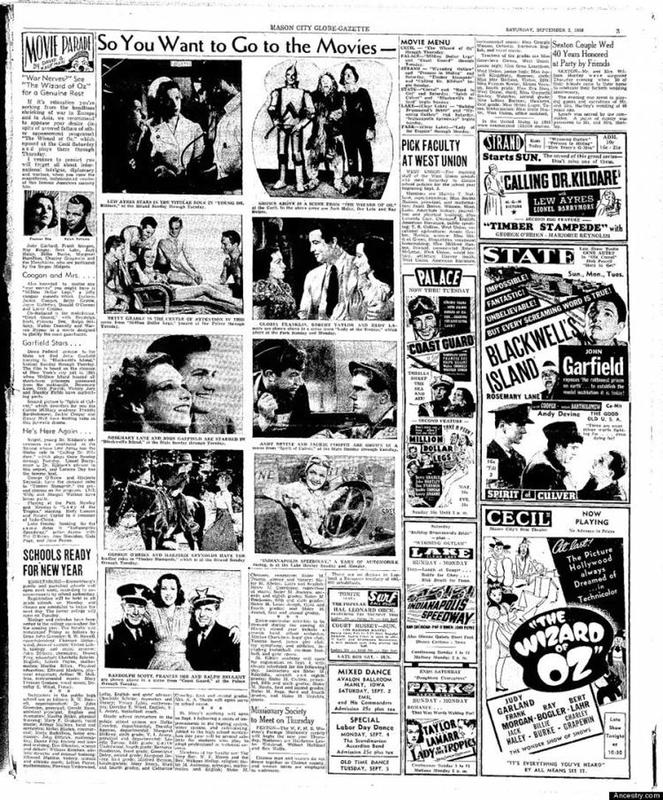
Not to be put off, the Mason City Globe Gazette in Iowa saw fit to promote the film with this exact headline: 'War Nerves? See The Wizard Of Oz For A Genuine Rest'. We think that the movie is enchanting and charming, and we're really hoping you can still enjoy it even though you now know all these facts about it, but we're not sure it would go quite the whole way of stopping us from being concerned about the threat of Nazism crossing over the sea from Europe and destroying our way of life completely.
There was no romance on the set between Judy Garland and any of her co-stars - or at least, no romantic attention that she wanted - and it would have been quite inappropriate if there were given her age. But many years down the line, her daughter would go on to marry the Tin Man's son.

Liza Minelli married Jack Haley Jr. in 1974. Much like her mother, Minelli has had a number of marriages, and this one was her second. The couple stayed together for five years before divorcing in 1979. We can't help but wonder whether they originally bonded with tales of how their parents were treated so awfully on the set of the film that made them both famous. Minelli would go on to marry another two times to date; Haley Jr. never remarried and passed away in 2001, suffering from respiratory failure.
The small actors playing the Munchkin roles weren't strangers to one another, assembled from wherever the producers could find them. They'd actually all been performing together for years, and were a performance troupe from Europe called the Singer Midgets, after their manager Leo Singer.
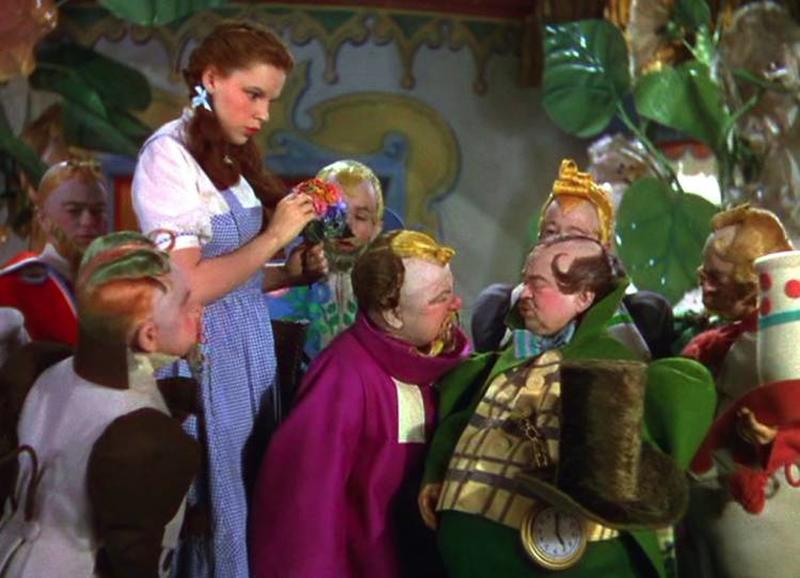
They were, as we've said, paid less than Toto, and their meager salary may actually have been reduced further; Singer handled the payments for them and some sources say he kept most of the money for himself. A number of the troupe were German or Bavarian and were very glad to be working in the United States because it took them away from the rise of Nazism at home. Most of them spoke no English at all, and so scenes where the Munchkins are seen speaking or singing are all actually dubbed.
Remakes are all the rage in Hollywood right now, and it sometimes feels like all of your favorite films from childhood are being pointlessly remade, ruining your memories of the original. This is not a new trend, it was already happening way back in 1939, although back then they had much better reasons for it; many popular stories had been adapted for film during the silent era, and now with sound and color they could be told better and in more detail.
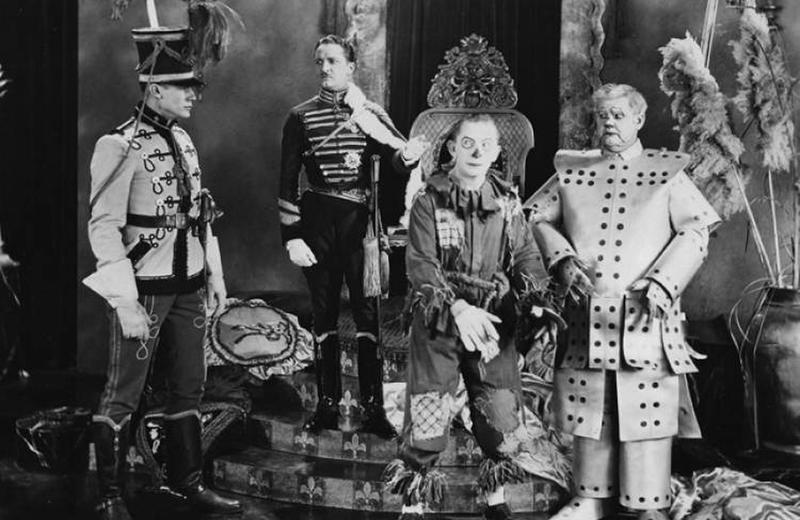
'The Wizard of Oz' was one such film, having been made fourteen years earlier in 1925. The original interpretation is actually a much more accurate reflection of the book, ending with Dorothy choosing to stay in Oz rather than returning to Kansas. There's also a star turn in the film; Oliver Hardy plays the Tin Man. He would go on to form one of the most popular comedy partnerships of all time with Stan Laurel.
In the present day, we're still arguing about equal pay for women in the entertainment industry and trying to ensure that men don't take home a bigger check for the same amount of work. This is not a new argument. Judy Garland was suffering from a serious case of pay disparity despite the film being completely based around her character.
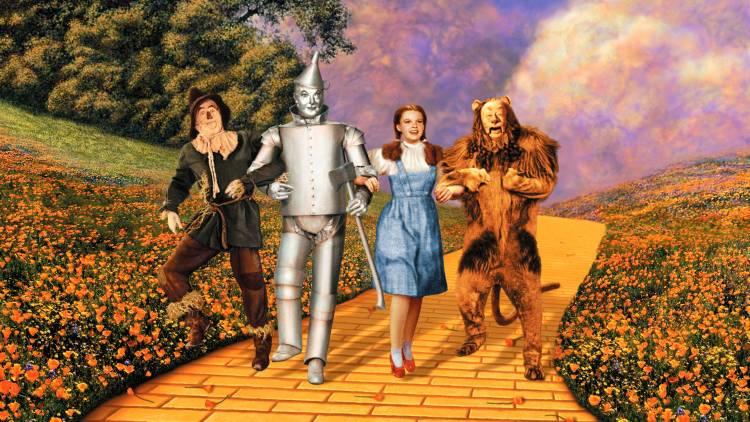
Garland was paid a reported $500 per week, which in 1939 was no small amount. It was however dwarfed by the top two earners on the movie. Ray Bolger and Jack Haley, who were known performers and able to make stronger demands on the studio, were paid a reported $3,000 per week each. That's quite a lot now, but back then it was astronomical. It also seems wrong that the supporting cast were earning six times more than the star of the show.
Here's a fact that's really going to please the math nerds out there; scarecrow's quest for a brain doesn't end as happily as everybody believes it does. To prove that the new brain is working correctly, the scarecrow quotes Pythagoras's Isosceles Theorem. The only problem is that he gets it wrong.
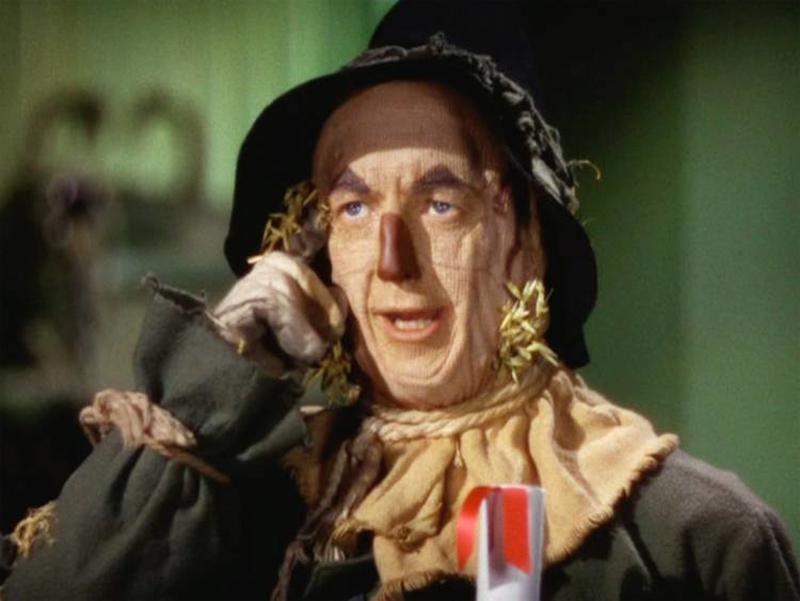
He starts by stating the theorem applies to an isosceles triangle, when in fact it applies to a right triangle. He follows that up by saying 'the sum of the square roots of any two sides is equal to the square root of the remaining side', but that's not right either. He's actually talking about the sum of the squares as opposed to the square roots, and in an event applies only to the two sides that make up the right angle, not any of the sides inside the triangle. We bet he felt really stupid when someone pointed that out to him.
Nobody who worked on this film was safe from injury, but in the case of the winged monkeys, someone really should have seen this coming. Originally, they weren't going to be played by people at all. It had been decided that the animals would be applied onto the film via animation after the film had been shot. Somewhere along the line, though, it was decided that this would jar badly with the live action of the rest of the film, and so real people in costumes should be used instead.

Given the limitation of special effects in 1939, giving the illusion that anybody was actually flying without it looking clearly fake was a difficult task. Small actors in uncomfortable costumes were attached to piano wires and dangled above the haunted forest for the scene they were in. The wires weren't up to the task and several of them snapped, leaving the performers to plunge helplessly several feet to the floor.
We may have been a little harsh on some of the processes and special effects used in the movie, so let's give credit where credit's due. One of the scenes in the film calls for the Wicked Witch of the West's hands to be engulfed in fire as she tries to remove Dorothy's shoes. Actress Margaret Hamilton had already been very clear about not working with fire again, and a different solution had to be found.
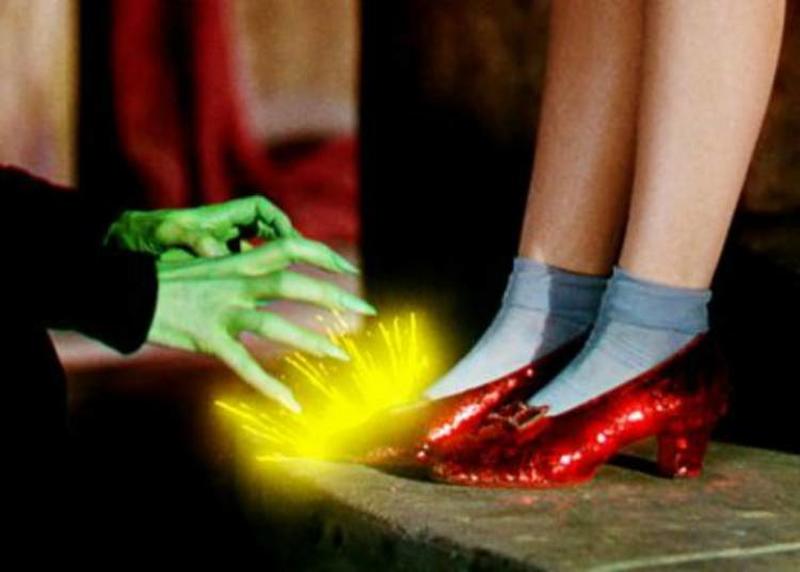
Ingeniously, someone had the idea to force apple juice out of the shoes, and then speed the film up to look like fire. The juice showed up on the technicolor film in perfectly the right shade, and it was actually a revolutionary idea which resulted in a (for the time) excellent looking effect. It also probably ruined a perfectly good pair of shoes, but we can forgive them that.
Here's one of the biggest and widely popularized theories about this film: the classic Pink Floyd album 'Dark Side of the Moon' was deliberately written to be played in time with 'The Wizard of Oz', or specifically, that if you start the movie and the album at exactly the same time, with the sound on the movie switched off, events on the movie synchronize with sounds and themes on the album. The tornado, for example, is supposed to line up perfectly with the screaming on the track 'The Great Gig in the Sky'.
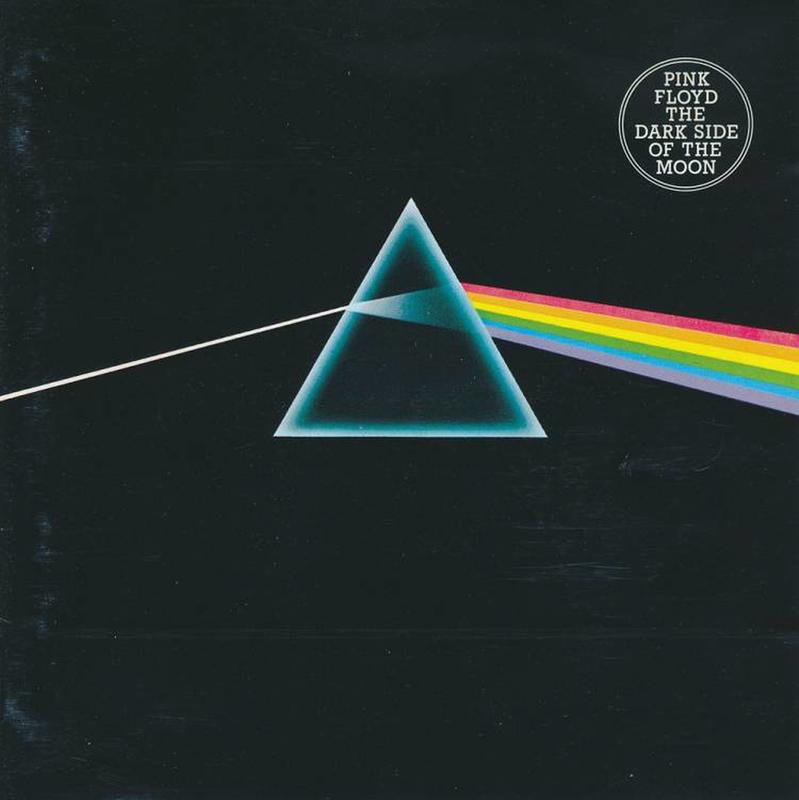
Everybody who has ever been involved in making that Pink Floyd record, and has been willing to talk about it, has said that there's no truth to it at all. 'Dark Side of the Moon' was made in 1973, where the technology required to freeze frame and synchronize the movie to the music so precisely just wasn't available.
If you were going to come up with the name for a fantasy land, where would you look for inspiration? Perhaps you'd look at a star chart. Maybe you'd consider Greek mythology or come up with a weird and wonderful name by trying different letter combinations in your head. You could even go with the tried and tested method of using the weirdest surname of all the people you went to school with. L. Frank Baum was unfortunately not all that inventive.

Whilst writing his now legendary fantasy tale, Baum was a little stuck trying to find a name for the place Dorothy should go to on her fantastical adventure. Looking around his office for inspiration, his eyes settled on his filing cabinet, which had labels for what could be found in each draw. A-E was one, for example. And so was O-Z. That's right, Baum took his inspiration from the final draw in his filing cabinet.
'The Wizard of Oz' seems an unlikely title to try to adapt into the video game world - especially so many years after the movie was made - but that didn't stop the SETA Corporation from giving it a try. They released their effort onto the Super Nintendo console in 1993. To say it has a few major differences with the movie it's based on would be putting it mildly.
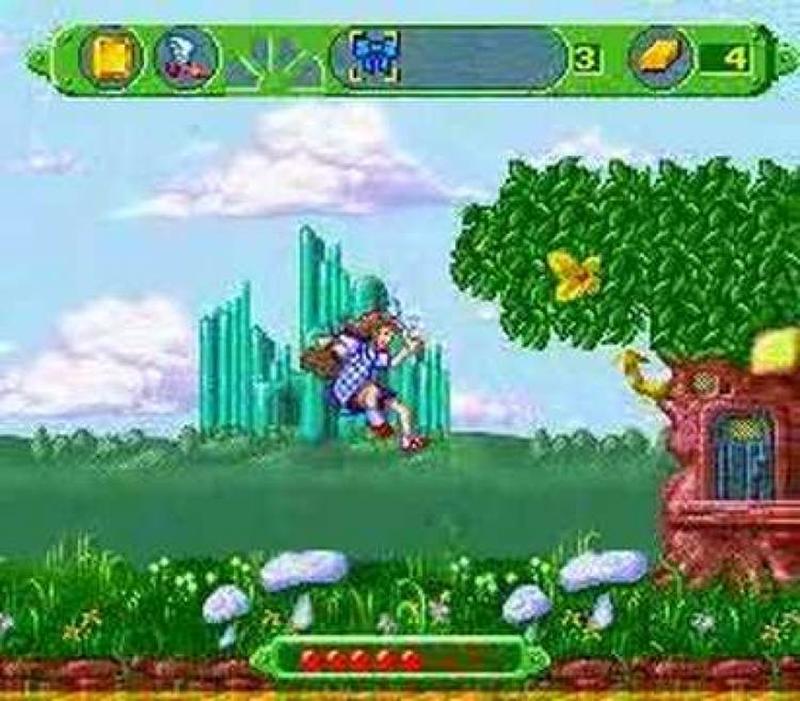
The general plot of the game is that the Wicked Witch is trying to steal Dorothy's shoes, and Dorothy just wants to get home to Kansas. She's also stolen Toto. So far, so good. So, Dorothy sets off to find the Wizard of Oz to help her, and that's where things get a little weird. In Dorothy's way are a series of cactus cats, vultures, and other assorted critters which Dorothy can dispatch by kicking, punching, or zapping with her magic wand. Where Dorothy got her magical powers and ninja skills from is never adequately explained.
Many years after she played the role, Margaret Hamilton made a throwaway comment in an interview. When asked how she approached playing the role, she said that she always felt like the witch was misunderstood and had probably had bad experiences earlier in her life which had led to her being the way she was. Author Gregory Macguire took that idea and ran with it, writing 'Wicked: The Life and Times of the Wicked Witch of the West'. The book was a huge success and spawned an even more successful Broadway musical.
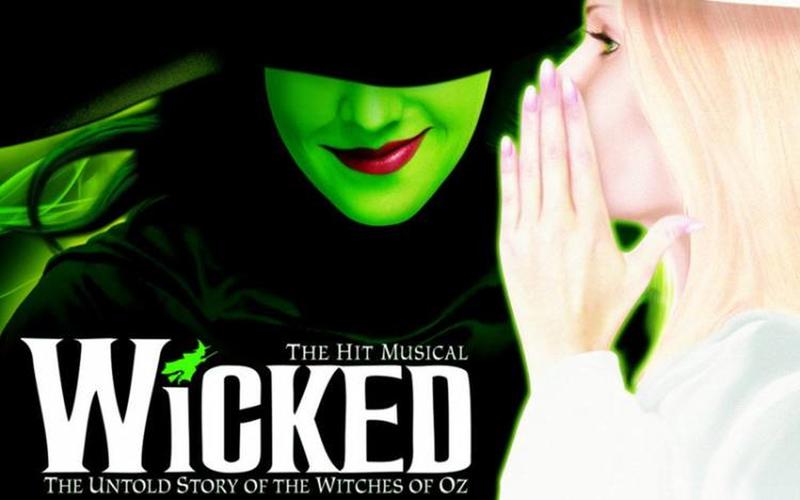
'Wicked' both as a stage show and a musical, explores the relationship between the Wicked Witch and the Good Witch, set against the context of political abuses in the Land of Oz by the Wizard. The show has toured all over the world and continues to be successful, with a movie adaptation planned for release in 2019.
One more horror story to send you away with, just when you thought we were done with them! We've hinted a couple of times that the Munchkins were up to no good during the entire filming process, and molesting Judy Garland was just the tip of the iceberg. All of the Munchkins stayed at the same hotel for the duration of filming and handling them was apparently a nightmare.
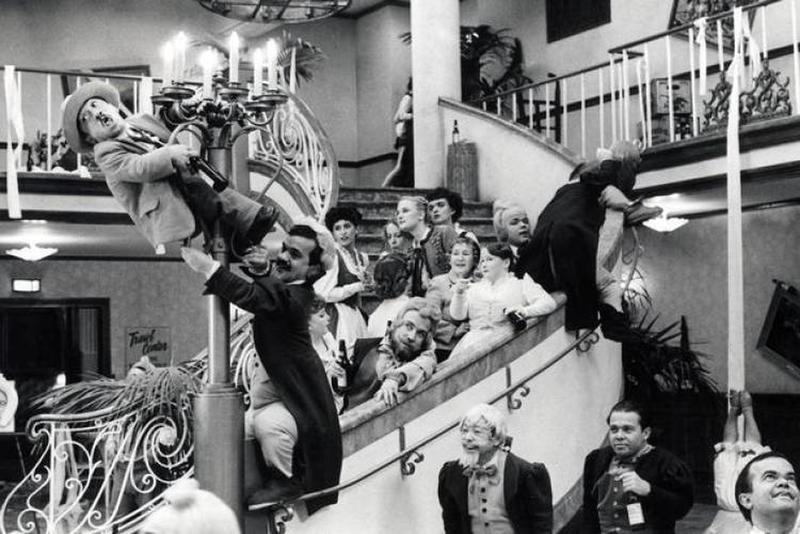
Many eyewitnesses, including Garland herself and Pink Panther star David Niven, who had the misfortune to stay in the hotel at the same time as the pint size guests, reported constant drunken debauchery. The police were called several times, having to capture the plastered actors in nets, and they began to run gambling and prostitution rackets out of the hotel. There were reports of female Munchkins offering themselves to male actors on the set for money, and orgies were organized in the hotel rooms. Eventually, the hotel had to install police on every floor to keep order.